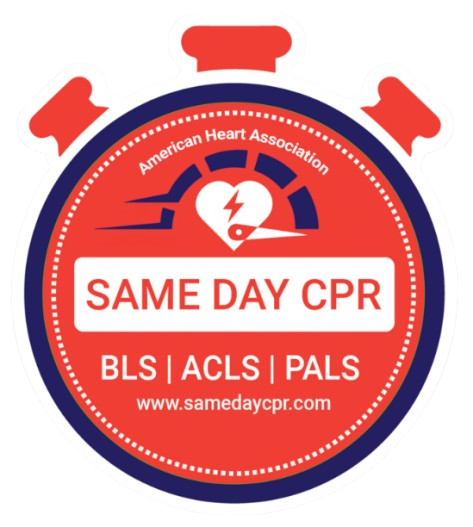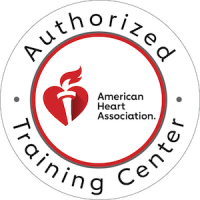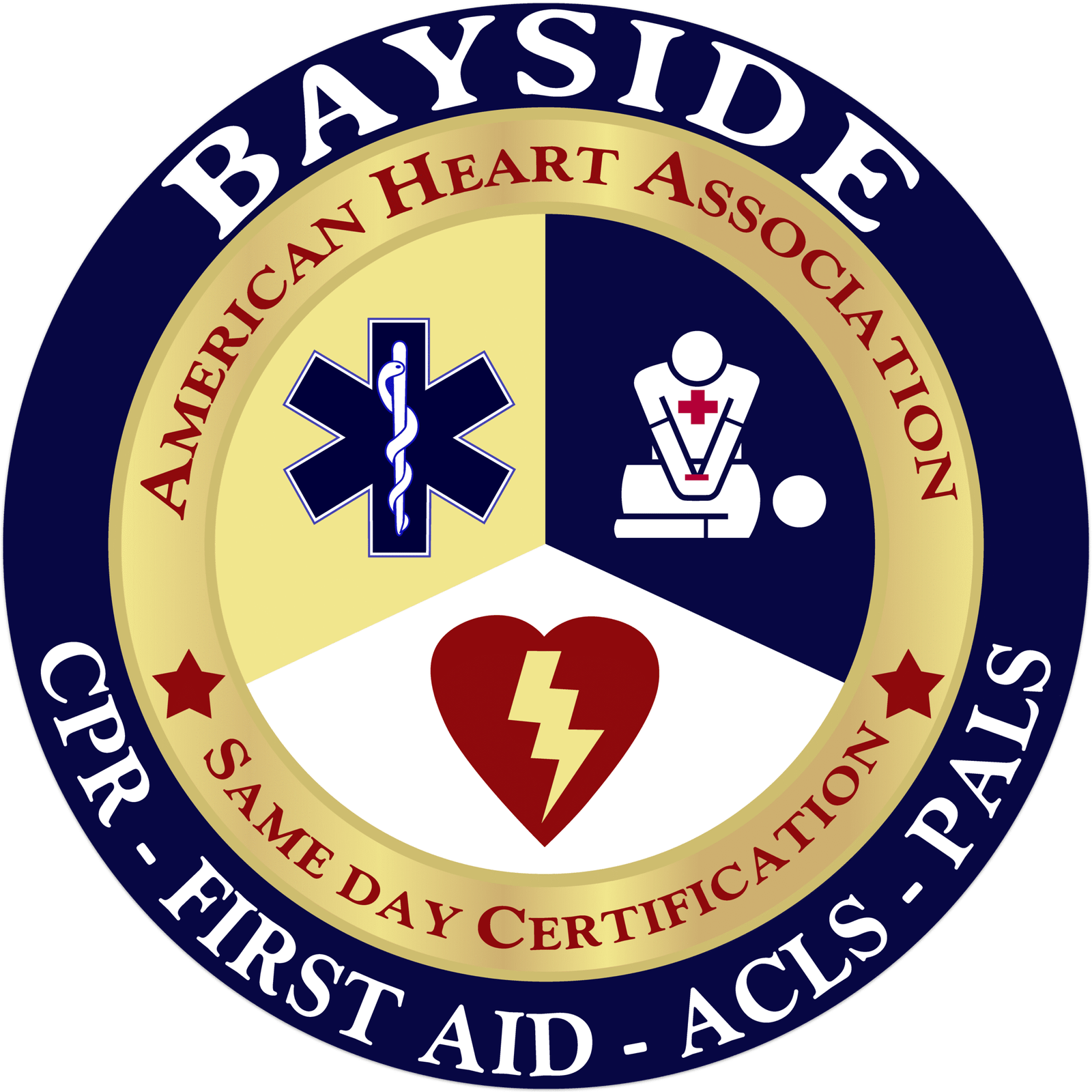
ACLS Algorithm: What You Need to Know
Every second counts in a medical emergency and the ability to act decisively can mean the difference between life and death. That’s when Advanced Cardiovascular Life Support (ACLS) comes in. ACLS is more than just a checklist—it’s about understanding lifesaving interventions, making clinically relevant decisions in seconds, and leading a team through high-stress situations. As a healthcare professional, learning ACLS algorithms allows you to handle life-threatening conditions precisely, ensuring the best patient outcomes.
In this guide, you’ll find an in-depth breakdown of ACLS algorithms, a discussion of reversible causes, and insights into why continuous education is essential for staying up-to-date with the latest information. Whether you are preparing for ACLS certification or looking to refine your skills, this resource will give you the knowledge and confidence to handle complex cardiovascular emergencies as you encounter them. Let’s dive in and take your ACLS expertise to the next level.
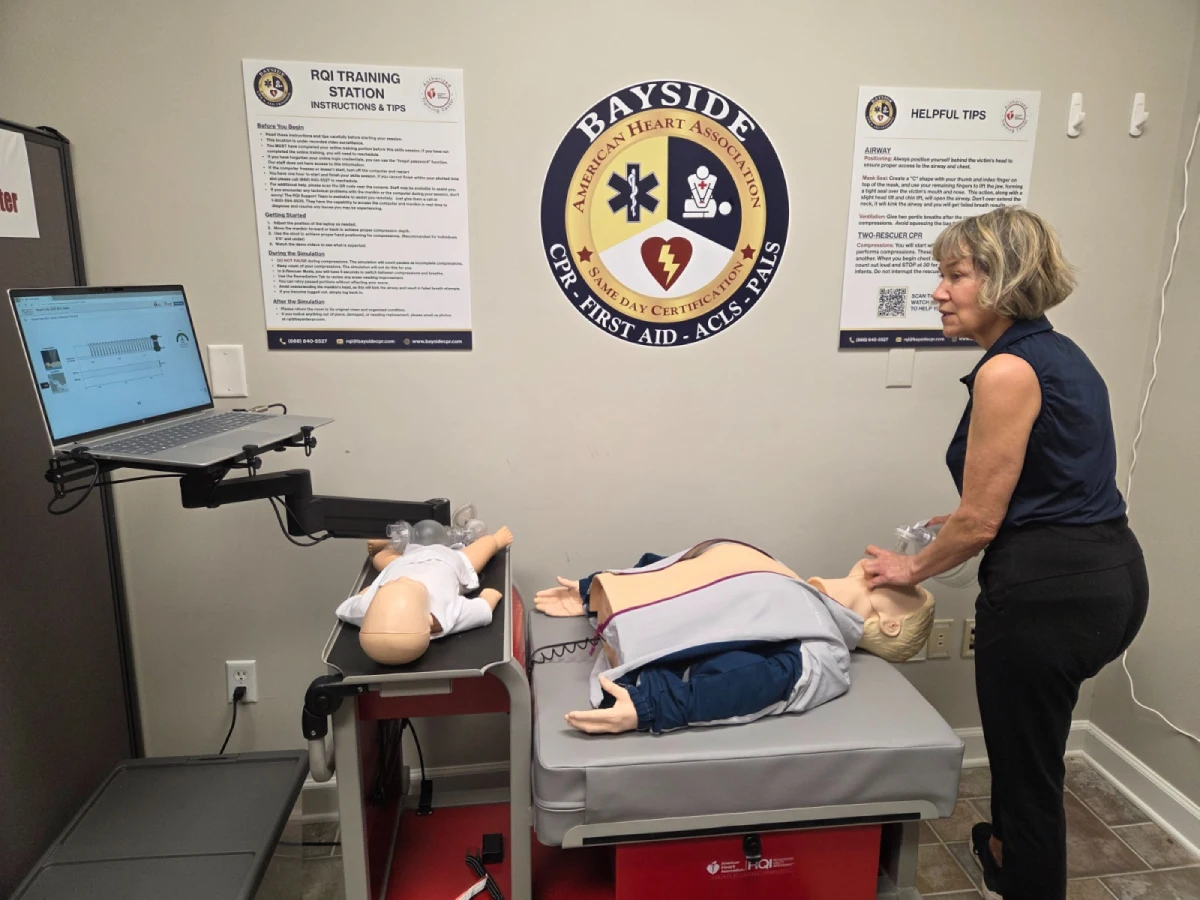

Understanding the ACLS Algorithm
ACLS (Advanced Cardiovascular Life Support) is a complex, protocol-based care system used to manage cardiovascular emergencies, including cardiac arrest, stroke, and acute coronary syndromes. Advanced Cardiac Life Support (ACLS) is an extension of BLS, offering additional interventions to ensure the patient has the best chance of a successful outcome in an emergency. This happens in seconds and comprises components like early rhythm detection, airway control, medication administration, and effective team dynamics that allow seamless resuscitation.
According to the study by the International Consensus on Cardiopulmonary Resuscitation and Emergency Cardiovascular Care experts (2020), the implementation of standardized, evidence-based ACLS protocols is crucial for improving patient survival and neurological outcomes during cardiac arrest. The goal of ACLS is not just to provide immediate lifesaving care but also to improve long-term survival and neurological function. The American Heart Association has trained millions in lifesaving techniques, including Advanced Cardiovascular Life Support(ACLS), through its ongoing commitment to improving and updating its resuscitation guidelines based on the latest scientific research.
Key Components of ACLS:
- Airway, Breathing, Circulation (ABC): Ensuring oxygenation and circulation remain top priorities.
- Early Defibrillation: Quick identification and treatment of shockable rhythms.
- Medications: Administer drugs like epinephrine, amiodarone, and atropine based on the patient’s condition.
- Team Dynamics: Effective communication and role delegation during resuscitation.
Breakdown of ACLS Algorithms

This algorithm focuses on managing sudden cardiac arrest through immediate CPR, rhythm assessment, and defibrillation. Shockable rhythms (VF/pVT) require early defibrillation, while non-shockable rhythms (PEA/asystole) prioritize high-quality CPR and medications like epinephrine.

This algorithm recommends monitoring and treating patients with symptomatic bradycardia based on symptoms. First-line treatment includes atropine, followed by transcutaneous pacing, dopamine, or epinephrine if needed.

This algorithm distinguishes between stable and unstable tachycardia. For narrow-complex tachycardia, stable patients undergo vagal maneuvers and adenosine, while unstable patients require immediate synchronized cardioversion.
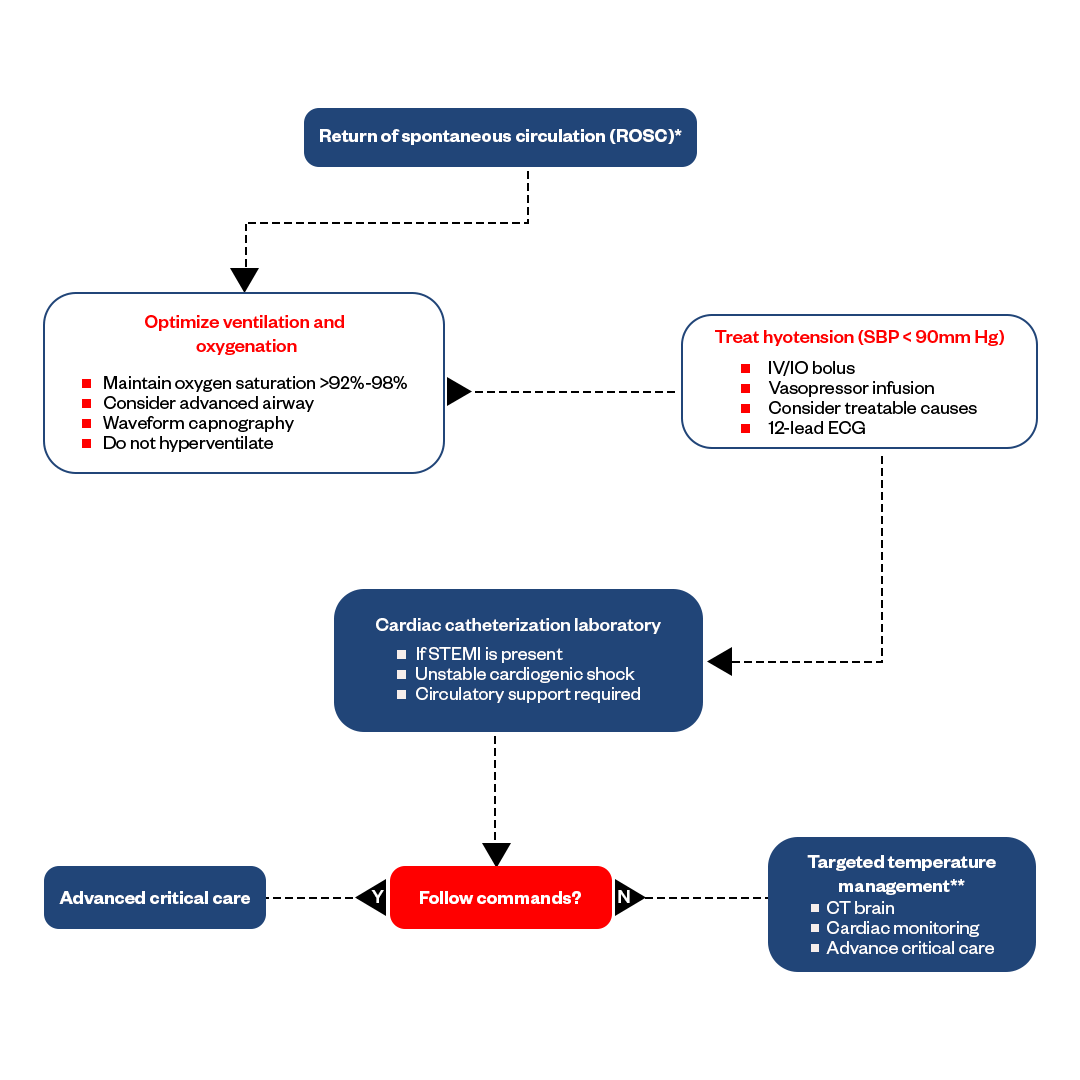
After resuscitation, this algorithm guides targeted temperature management, hemodynamic optimization, and neurological assessment to improve survival and neurological outcomes.

Rapid identification of ACS through ECG and biomarker testing is key. Immediate interventions include aspirin, nitroglycerin, oxygen (if hypoxic), and consideration for reperfusion therapy.

Special considerations apply to pregnant patients. The focus is on high-quality CPR with left uterine displacement, early airway management, and immediate delivery of the baby if maternal resuscitation is unsuccessful.

Early recognition and intervention are crucial. The algorithm emphasizes the FAST assessment (Face drooping, Arm weakness, Speech difficulty, Time to call 911) and rapid transport to a stroke-ready hospital.
Hs and Ts in ACLS Algorithm
Hs & Ts, also known as reversible causes, should always be considered when managing cardiac arrest. Identifying and addressing these underlying conditions improves the chances of restoring spontaneous circulation and preventing recurrent arrest.
Hs:
- Hypoxia: Ensure adequate oxygenation and ventilation
- Hypovolemia: Treat with IV fluids or blood products if necessary.
- Hydrogen ion (acidosis): Excess acid in the blood due to various diseases, including kidney failure.
- Hyper-/hypokalemia: Imbalances in potassium levels can lead to arrhythmias.
- Hypothermia: Low body temperature that can depress the body's functions.
Ts:
- Tension pneumothorax: A condition where air accumulates in the pleural cavity, compressing the lung and heart.
- Accumulating fluid around the heart that limits its ability to pump blood.
- Toxins: Identify and administer specific antidotes when applicable.
- Thrombosis (coronary or pulmonary): Depending on the situation, consider thrombolysis, PCI, or surgical intervention.
Always assess and treat these causes systematically during ACLS interventions to maximize survival outcomes.
Training and Certification Process
ACLS certification through Bayside CPR equips you with hands-on experience to handle real-world emergencies. Certification involves:
01.
Completing an accredited ACLS course.
02.
Practicing with high-fidelity simulations.
03.
Passing a written and skills assessment.
04.
Recertification every two years to stay up-to-date.
Hands-on training reinforces muscle memory and improves response times in critical situations.
Conclusion
Being prepared for cardiovascular emergencies, whether in the hospital or pre-hospital setting, can make all the difference. A strong grasp of ACLS protocols ensures quick, effective action during cardiac arrest, stroke, or acute coronary events. Ongoing education keeps your rhythm interpretation, medication use, and critical intervention skills sharp and aligned with the latest evidence-based guidelines. Don’t just get certified—stay ready to save lives. Enroll in ACLS classes today and elevate your emergency care skills.
Frequently Asked Questions
What initial action should be taken in ACLS?
You should first start with high-quality CPR and early defibrillation for cardiac arrest. Assess airway, breathing, and circulation while calling for advanced help.
How do you memorize ACLS Algorithms?
Frequent practice, mnemonics, and simulation training help you to reinforce ACLS algorithms. You should also review updated guidelines regularly to ensure retention.
When to use CAB instead of ABC?
In cardiac arrest, you should prioritize CAB (Circulation, Airway, Breathing) for chest compressions, while ABC remains the standard for respiratory distress cases.
What are the four shockable rhythms?
The four shockable rhythms are Ventricular Fibrillation (VF), Pulseless Ventricular Tachycardia (pVT) (defibrillation recommended), and SVT or Atrial Fibrillation in unstable patients (synchronized cardioversion recommended).
Do you learn to intubate in ACLS?
No. ACLS does not primarily teach intubation, but it covers advanced airway management techniques such as bag-mask ventilation and supraglottic devices.
